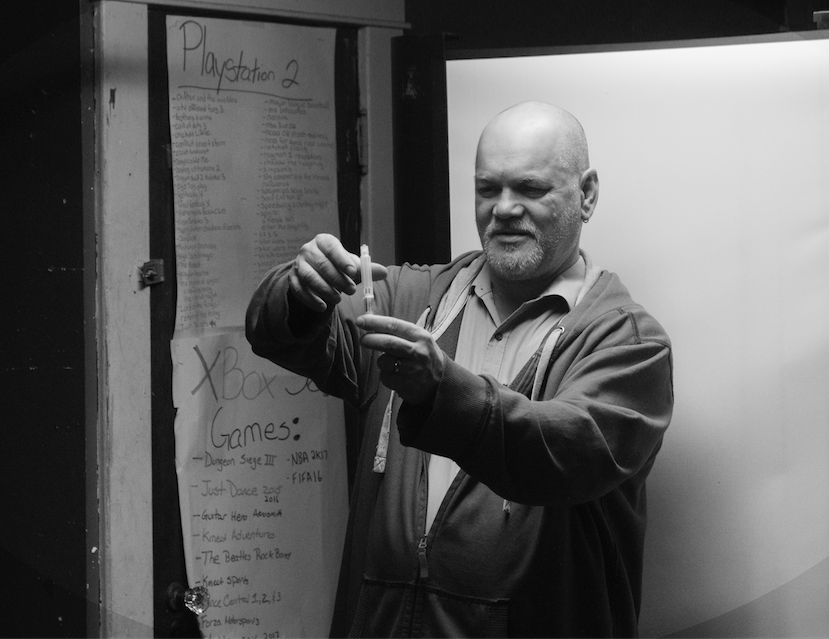On Tuesday, Oct. 17, residents gathered at the New Paltz Youth Center to arm themselves with the knowledge needed to combat the opiate epidemic sweeping the nation.
“We live in such an overprescribed nation that opiates have become easily accessible these days,” explained New Paltz Youth Center director Jim Tinger.
Opiates, a Schedule II drug, are derived from the opium found in poppy plants. Opioids are synthetic prescriptions that mimic opium’s building blocks, including drugs ranging from codeine and oxycontin to heroin and fentanyl. All of these are highly addictive causing users to experience a wide range of withdrawal symptoms that can permanently damage the mind and body.
“We want people to be aware of this drug epidemic and also, to be armed,” Tinger said.
Dr. Raymond Harvey, medical director of Step One, the outpatient drug treatment program for Ellenville and Highland, addressed the packed room about the rising epidemic.
“People are getting their drugs from a prescription, their parents or on the street,” Harvey explained.
According to Harvey, during the ‘90s doctors were evaluated by patients on how well they addressed their pain. This led to an era of over prescribing opiates to avoid scrutiny.
Harvey explained that one 100mg dose of morphine is considered a high dosage at the hospital. In some severe cases, people take as many as three 80mg Oxycontin pills daily. As patients’ drug tolerance exceed their supply, they turn to cheaper and more dangerous alternatives.
Opiates bought off the street are often cut with dangerous substitutes like heroin.
“With heroin you don’t know what you’re getting these days,” Harvey said. “Especially now that fentanyl is getting mixed in.”
In 2013, on average, two people died every day in New York from opiate overdoses, according to Centers for Disease Control and Prevention (CDC). Those most at risk include people returning from detox and prison. Fatal overdoses are frequent with these users after their tolerances drop and they use as much as they used to.
When the opiate receptors in the brain are activated, everything in the body slows down. If too much is present in the body, it can stop a person’s breathing.
A speedy reaction is necessary to save the life of someone overdosing. After calling 911, Narcan can provide enough time for an ambulance to arrive. Narcan was described by Harvey as a nasal spray containing Naloxone, which reverses the effects of an opiate overdose in two to five minutes.
Harvey trained the audience how to use the Narcan, giving everyone their own supply at the end of the presentation.
According to Harvey, there are large amounts of underreporting of opiate overdoses due to the fear of repercussion or shaming. Autopsies are often impossible to execute due to low funding for the procedure. The Good Samaritan law protects those who assist a person who is injured or in danger if unintentional harm comes to the person needing help.
There are currently 300 active programs available for those suffering from addiction in New York. Mentors of one such program, Awareness, came to provide an outlet for those in need.
“If someone gets a drug charge in the courts they can go to the awareness program,” said mentor Tyler Desha. “We explain the different kinds of drug abuse and the effects on the body. Recovering addicts can mentor others looking to stop using.”
To win the battle with opiates, “doctors need to prescribe more responsibly, parents need to be involved in their children’s lives, and kids need to understand that experiment just isn’t safe anymore,” Harvey said.

